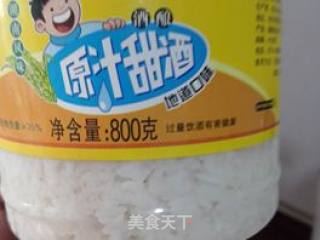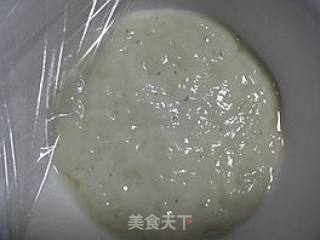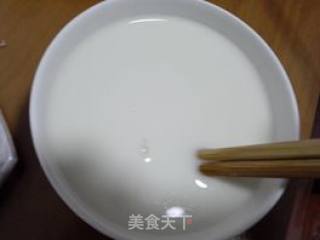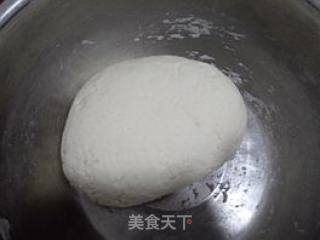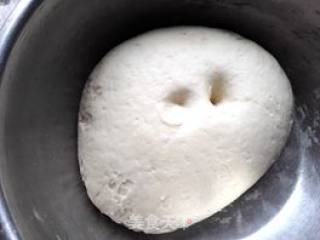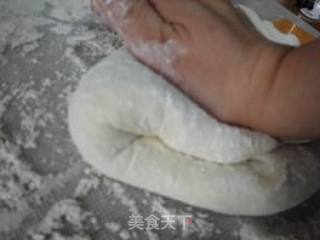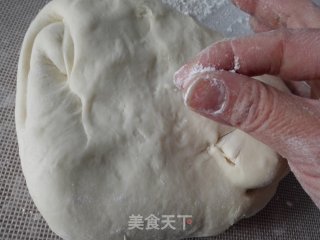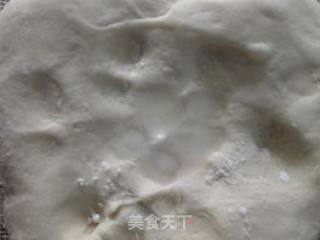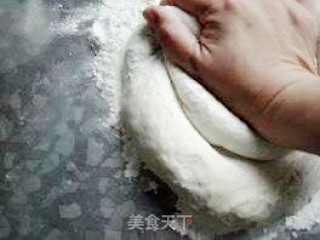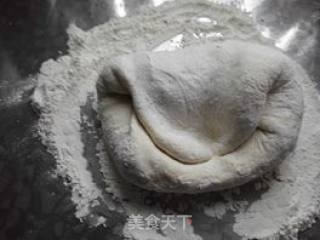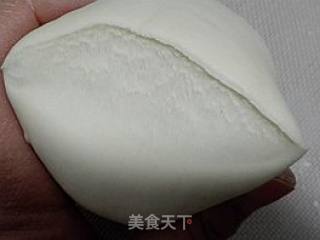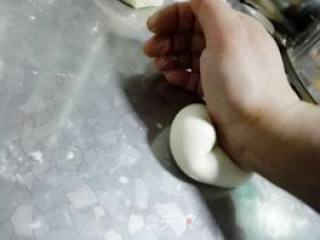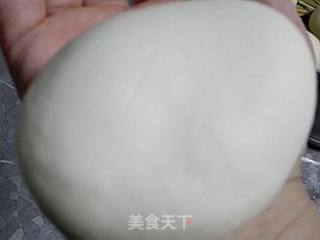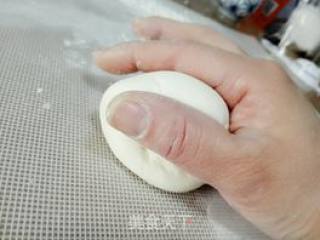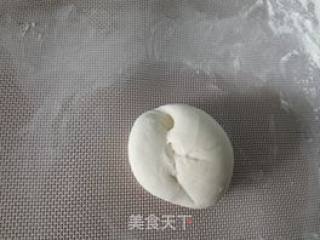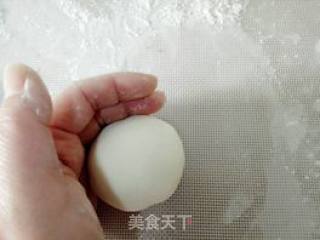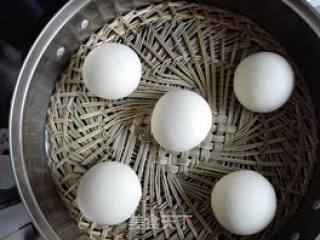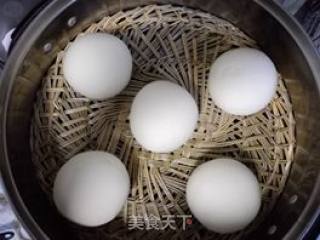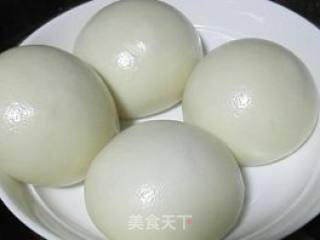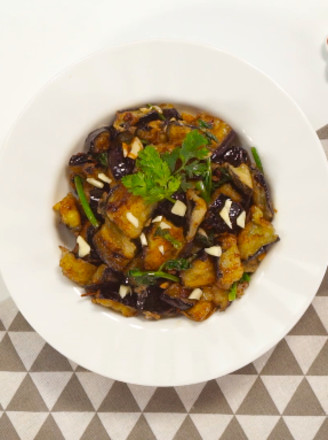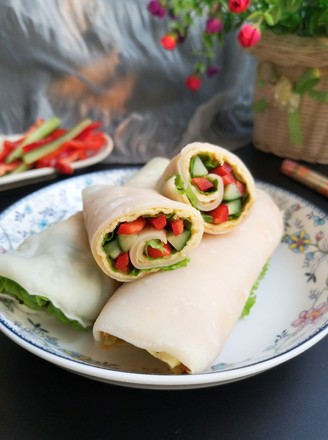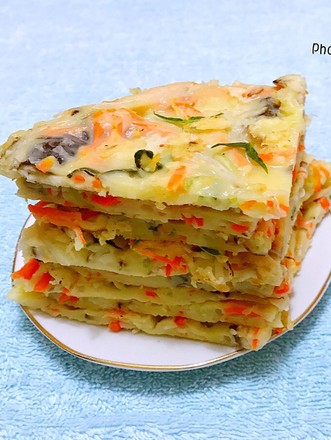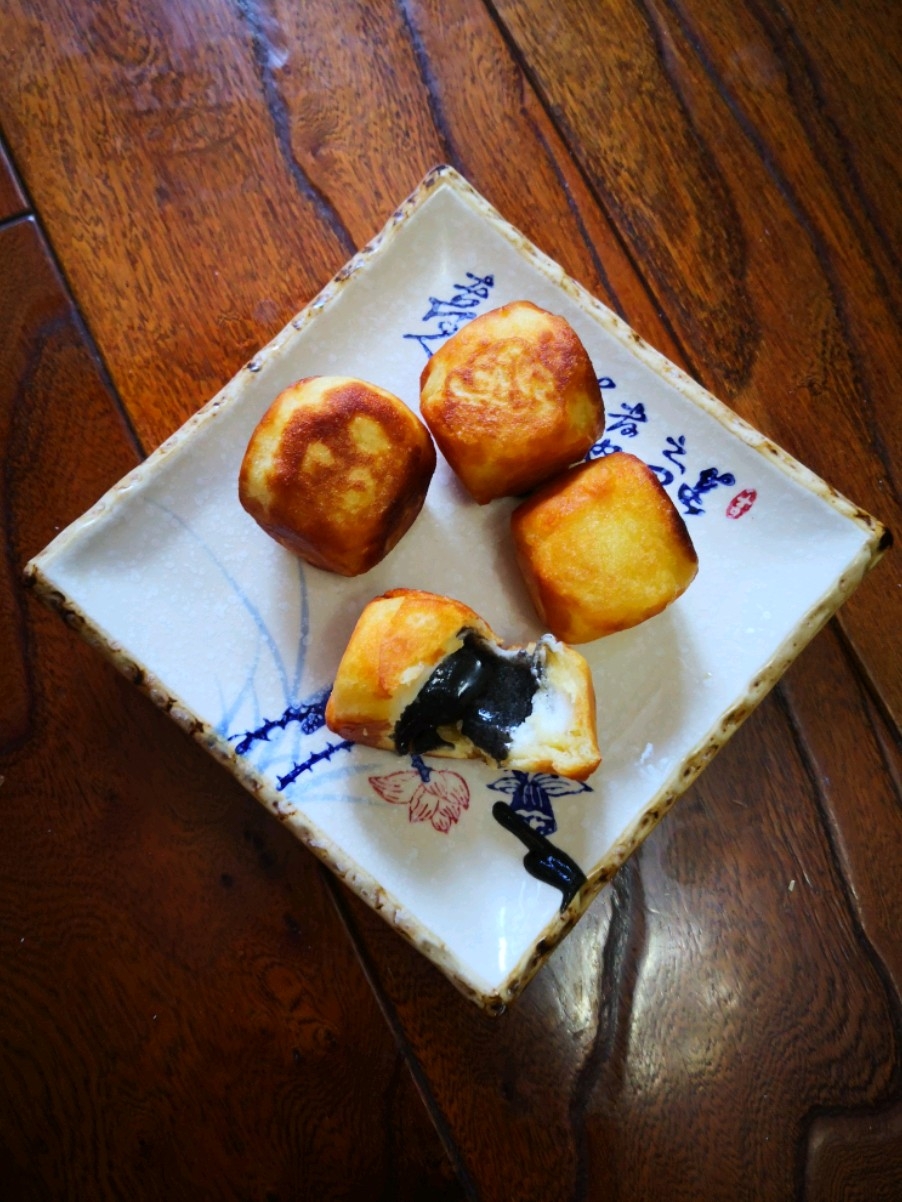Old Noodle Buns
1.
There are many ways to make old noodles. We in Hunan like to eat sweet wine, so we usually have sweet wine at home. This time I will use sweet wine juice to make old noodles.
2.
Pour 50 grams of flour (outside the table of materials) into a bowl, take an appropriate amount of sweet wine juice and stir into a relatively wet dough, cover it with plastic wrap and ferment.
3.
When you can see a lot of bubbles on the surface, the old face is ready.
4.
Add 150 grams of water and stir to make thin water.
5.
Pour into 250 grams of flour and use chopsticks to stir it into a flocculent shape.
6.
Then knead it by hand to form a smooth dough, place it in a basin, and cover it to ferment.
7.
Leave it in a warm place to ferment to 2 times to 2 times and a half (dough fermented with old noodles is slower than yeast fermentation). I am used to dipping my fingers in water or dry flour to poke a hole in the dough. If I press it down, it will rebound. That's not enough fermentation; if the dough collapses all of a sudden, it's overgrown.
8.
Take out the dough and place it on a chopping board sprinkled with dry flour and knead to exhaust.
9.
Press a hole in the middle of the dough, knead an appropriate amount of edible alkali, and sprinkle it on the dough (I kneaded the three-finger alkali powder, the amount of alkali should be put according to the specific situation, in short, smell the dough after kneading, there is no sour taste and slightly Just a little bit of alkaline taste, because after the steamed bun embryo is ready, it will be woken up again, this slight alkaline taste will be neutralized).
10.
Pour a little bit of water to turn the alkalinity into alkali water, and then continue to knead the dough.
11.
When kneading the dough, press the root of the palm to push out the dough and then fold it back.
12.
Then turn the direction of the dough and repeat this action, gradually knead in the flour used to make the dough, try to exhaust the gas generated by the fermentation in the dough.
13.
Finally, the surface of the kneaded dough is smooth, cut open to see that there are basically no holes in it.
14.
Divide the dough into 80 grams/piece of dough, take a small dough, fold in the edge of the dough with the root of your palm, and press, repeat this action while turning the dough, and knead the dough in a circular motion (now it is not hot, and the dough will ferment slowly. We will spend some time kneading the traditional semi-circular steamed buns in the north. If it is summer, it is better to make a knife-cut steamed buns, so as not to wait for the latter to knead, the front is already sent).
15.
Until the bottom of the dough is smooth and there are no bubbles.
16.
Then stand the dough upright, buckle the smooth bottom surface in the palm of your hand, while turning, use your thumb to press down the edge of the dough to tighten the mouth.
17.
Gradually the dough became round.
18.
Put the mouth down and knead it with both hands to form a semi-circular steamed bun embryo (I took a photo with my mobile phone in one hand, so I only took one hand).
19.
Put the finished steamed bun embryos in the steamer, leaving a gap between the steamed buns.
20.
Proof until the embryo of the steamed bun is obviously bigger (does not need to be twice as big), it can be steamed in the pot. For a pot of cold water, turn to medium heat and steam for 20 minutes, turn off the heat, and simmer for 2 to 3 minutes before opening the lid.
21.
White and fat, delicate skin, smooth, and charming steamed buns are out of the pot.
22.
Take a look at it. There are no big holes inside, and there are layers. In my mind, fermented bean curd and steamed buns are standard.
23.
Leave a small piece of dough (about the amount of a steamed bun) for a few days and it will become the old noodles for next time.


Tips:
1. If you think my method of making old noodles is troublesome, you don't need to do it. The first time you use yeast to make the noodles, leave a small piece as leaven, and then leave a small piece as leaven when making steamed buns. At first, it fermented quickly because of the effect of yeast once or twice, and the flavor may be worse, but as the dough is constantly updated, a few times later, a full-flavored old noodle has formed.
2. Making steamed buns and kneading noodles is the key. Whether you knead the dough 200 times or 300 times, you must knead it until the cut surface of the dough is completely free of holes.
3. Regarding the stuffing underneath when steaming the steamed buns, it turns out that when I work in Shandong, people usually put corn leaves on it, and the steamed buns have a refreshing fragrance. Now when I am back in the south, it is inconvenient to use corn leaves. I have used cage cloth, but it sticks on every time. It is really difficult to remove the steamed buns from the cage cloth intact! Later, I bought a straw mat (the one in the step diagram). Although it is not sticky, the southern climate is too humid and the mat is prone to mold, so I usually use silicone steamer mats now.


